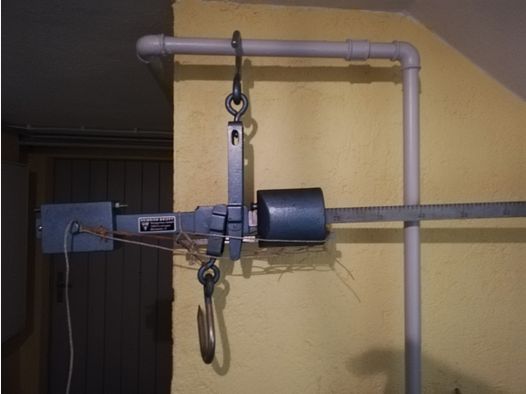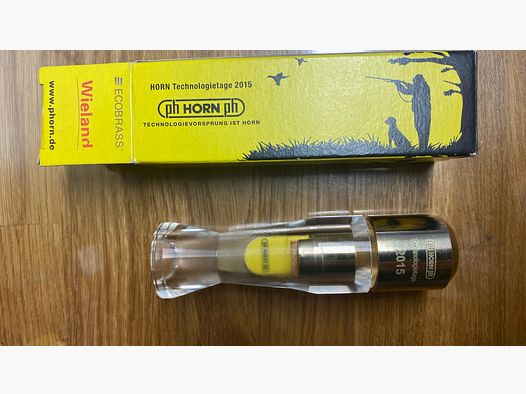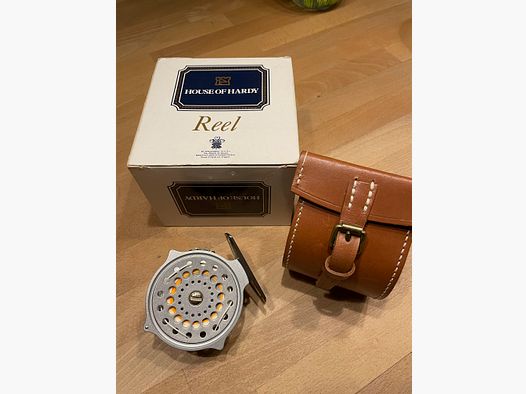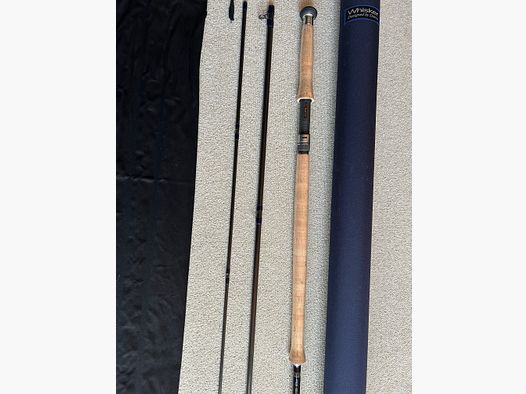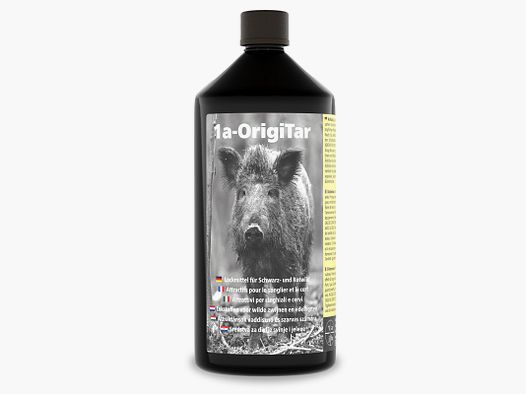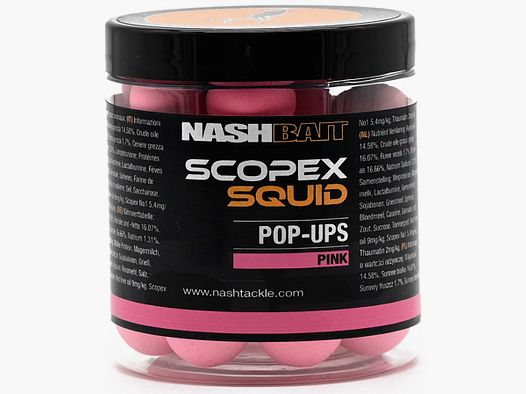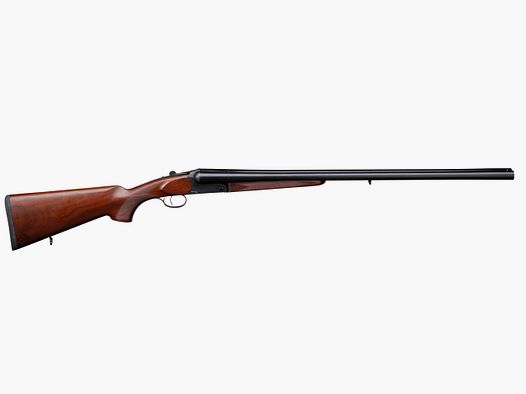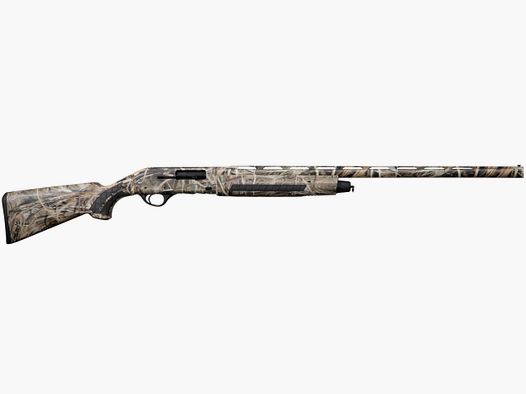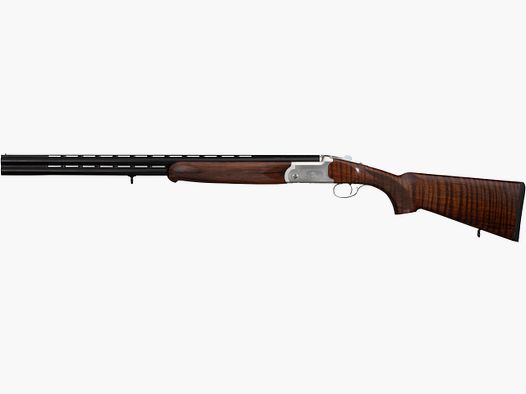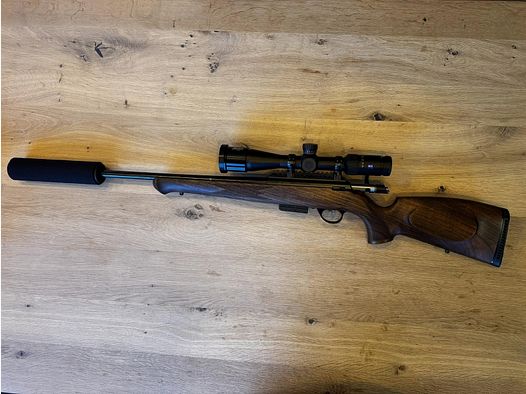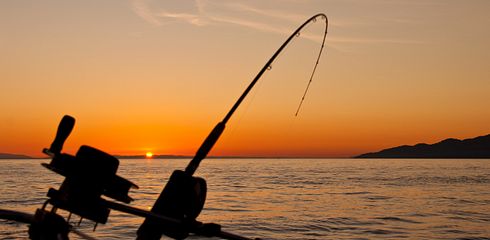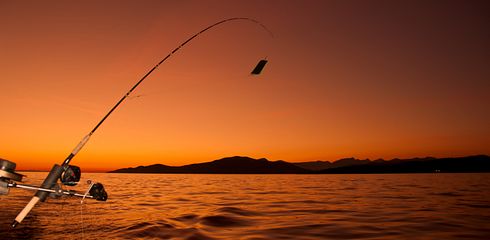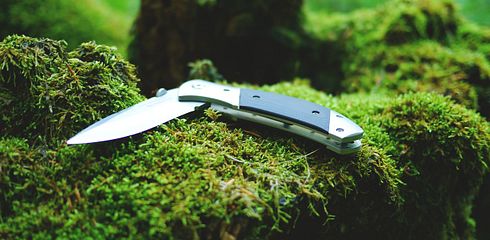Fishing baits are essential tools in angling and play a central role in attracting fish and enticing them to bite. The choice of the right bait depends on various factors, including the species of fish, water depth, season, and the angler's personal preferences. Here are some common fishing baits and their various options:
Worms:
- Live Worms: Whether it's nightcrawlers, red worms, or manure worms, live worms are versatile baits that can attract a wide range of fish species.
- Artificial Worms: Rubber baits in worm shape provide an alternative when live worms are not available or permitted.
Baitfish:
- Live Baitfish: Small fish like perch or roach can be used as live bait to attract predatory fish.
- Artificial Baitfish: Rubber baits in fish shape, often with realistic swimming movements, are popular in predator fishing.
Crustaceans:
- Shrimp: Both live and artificial shrimp are effective baits, especially for saltwater fish.
- Crabs: Small crab imitations are used for freshwater fish like trout or bass.
Insects:
- Flies: Especially in fly fishing, artificial flies in various colors and patterns are common.
- Beetles and Ants: Small artificial imitations of insects are often used for trout and panfish.
Spinners and Spoons:
- Spinners: Metal blades that spin and shine while being retrieved to attract predatory fish.
- Spoons: Shiny metal blades that flash in the water and attract attention.
Softbaits:
- Rubber Baits: Soft plastic baits in various shapes and colors, including worms, fish, and crustaceans.
- Creature Baits: Imitations of prey animals with tentacle-like structures that create realistic movement in the water.
Topwater Baits:
- Popper: Floating baits that create a splashing motion while being retrieved to lure predatory fish to the surface.
- Propeller Baits: Baits with propellers that create an attractive surface disturbance while being retrieved.
Attractants and Lures:
- Baits with Attractants: Artificial baits that are impregnated with special scents to appeal to the fish's sense of smell.
- Lures: Liquid substances that are applied to the bait to create additional attraction.
Selecting the right bait often requires experimentation and adjustment to current conditions. Anglers should consider the species of fish, type of water, water temperature, and other environmental factors to achieve the best results. It is also important to observe local fishing regulations to ensure that the chosen bait complies with local laws.




